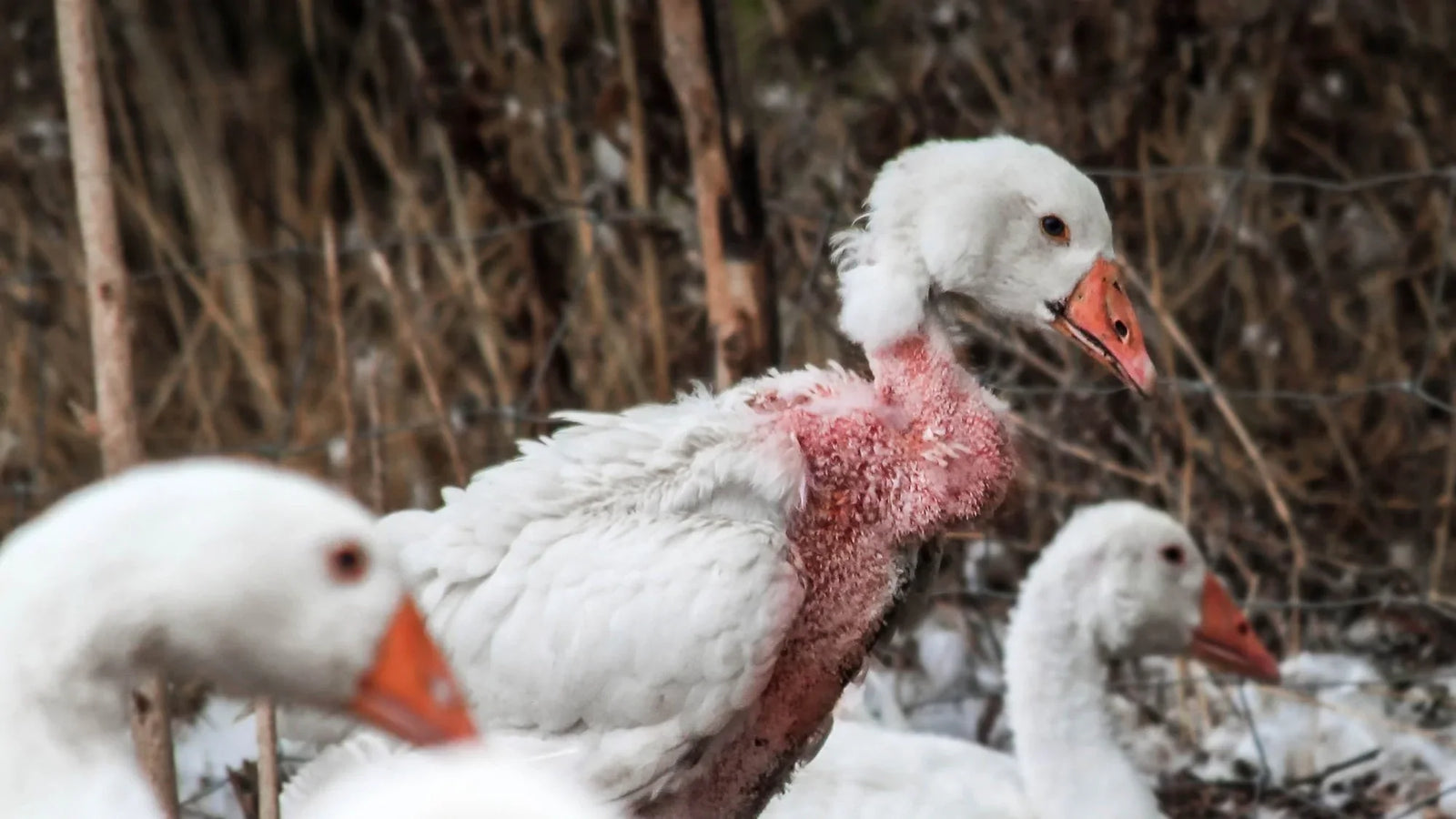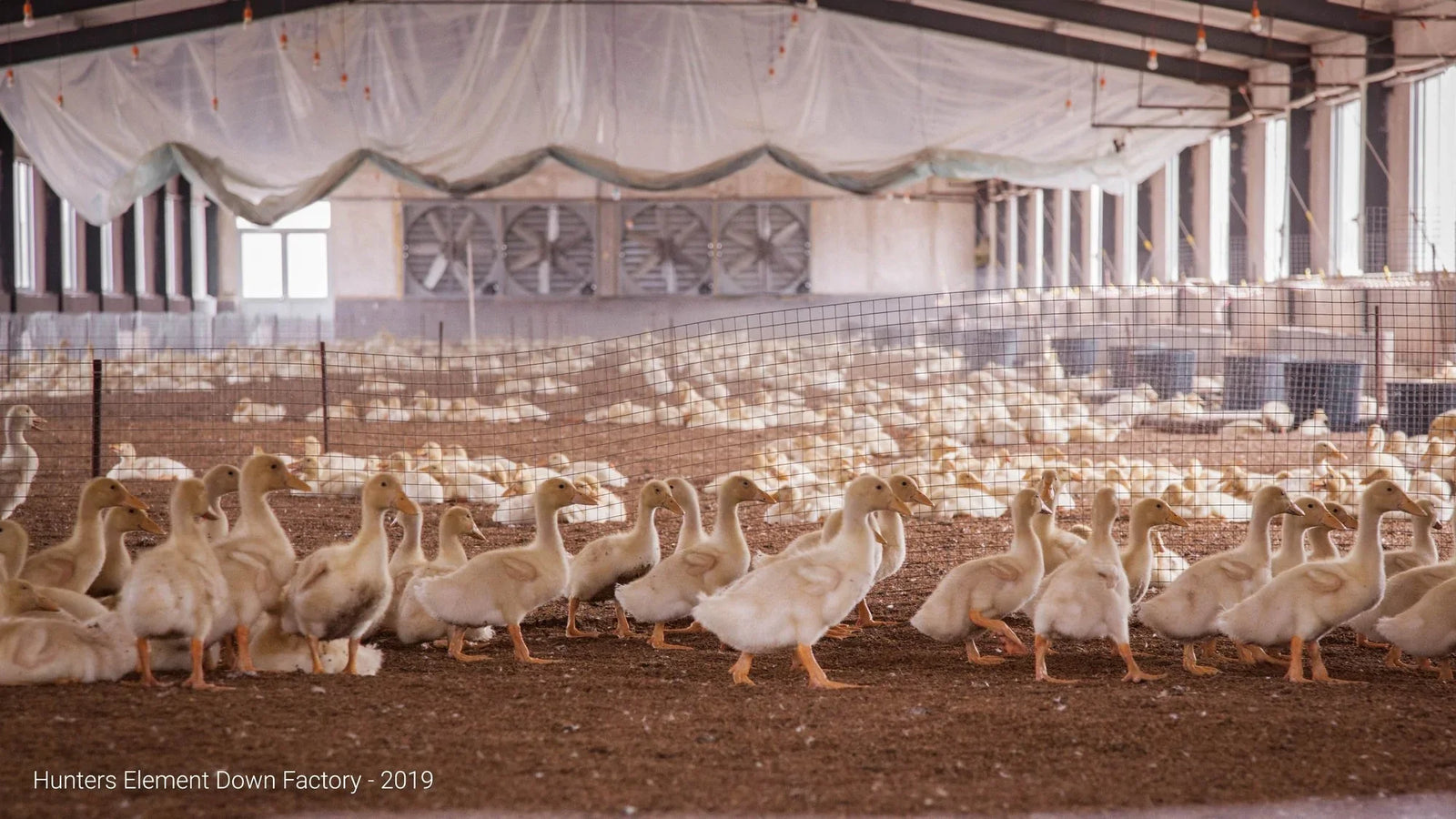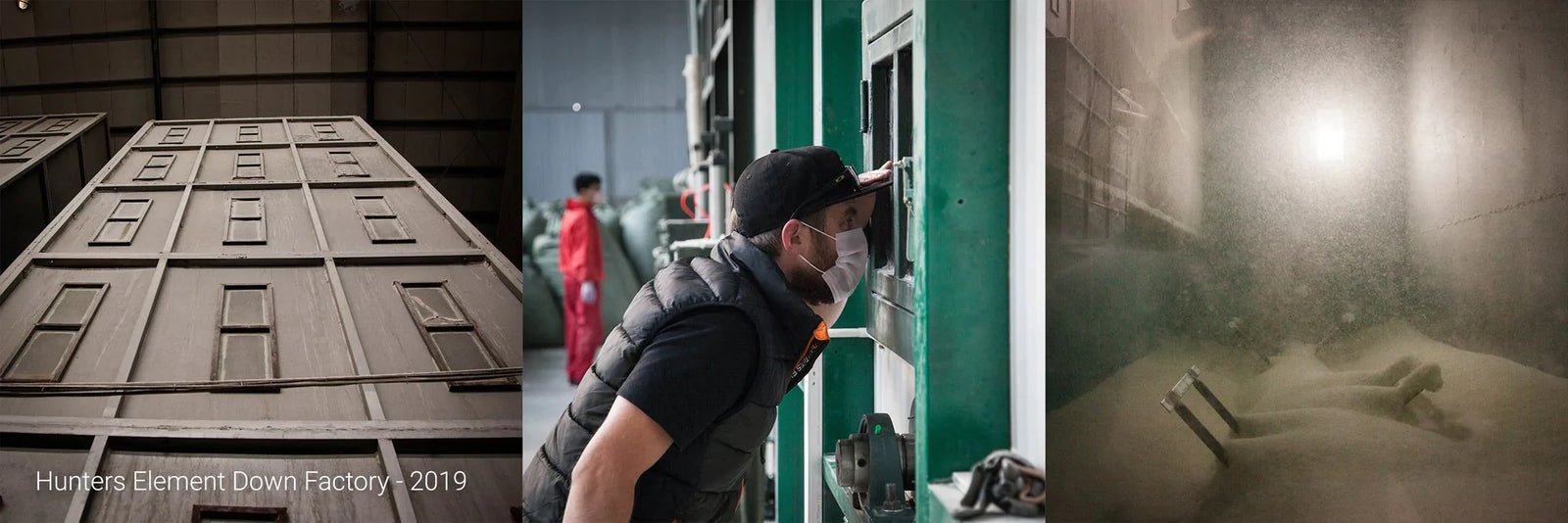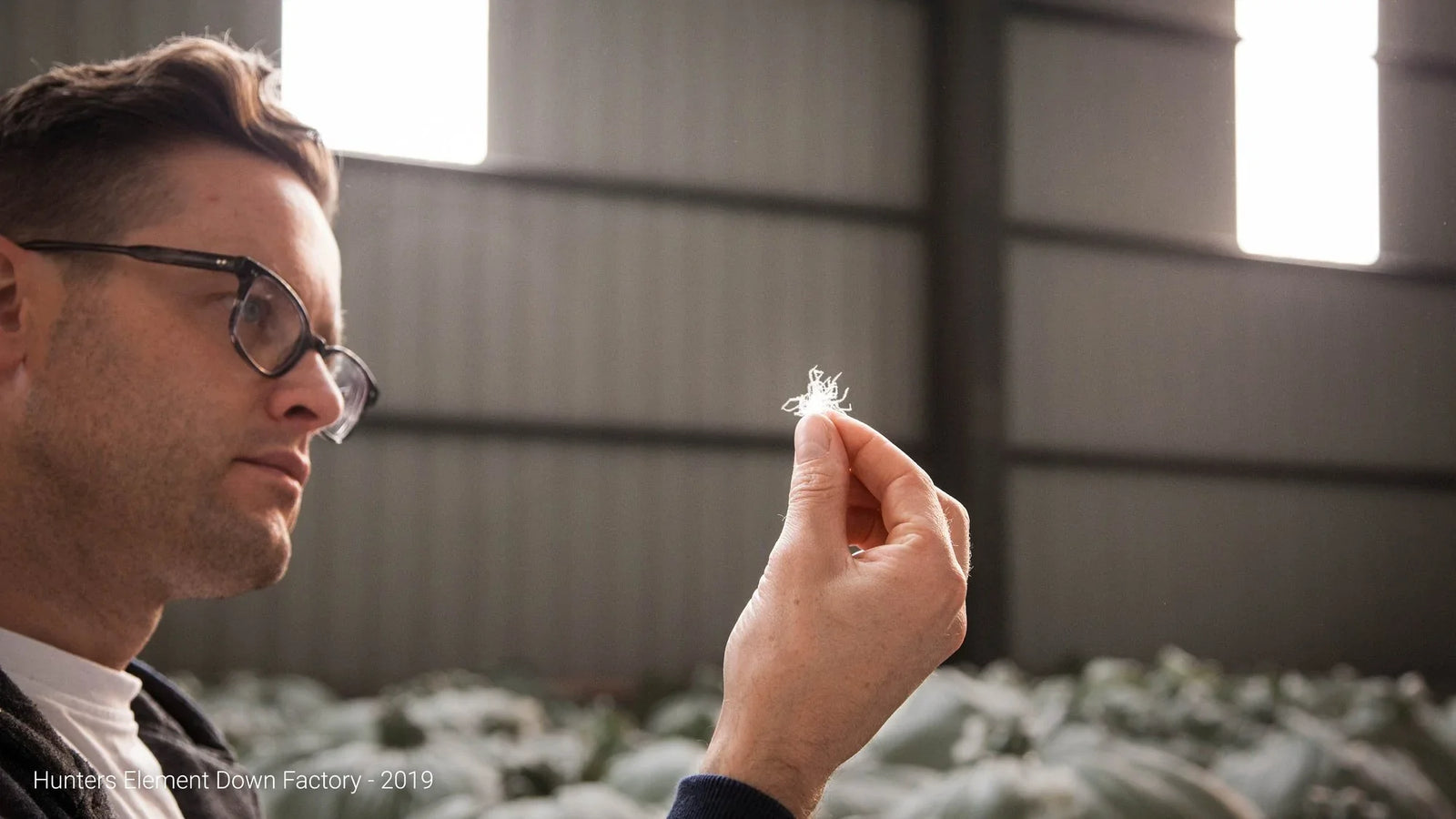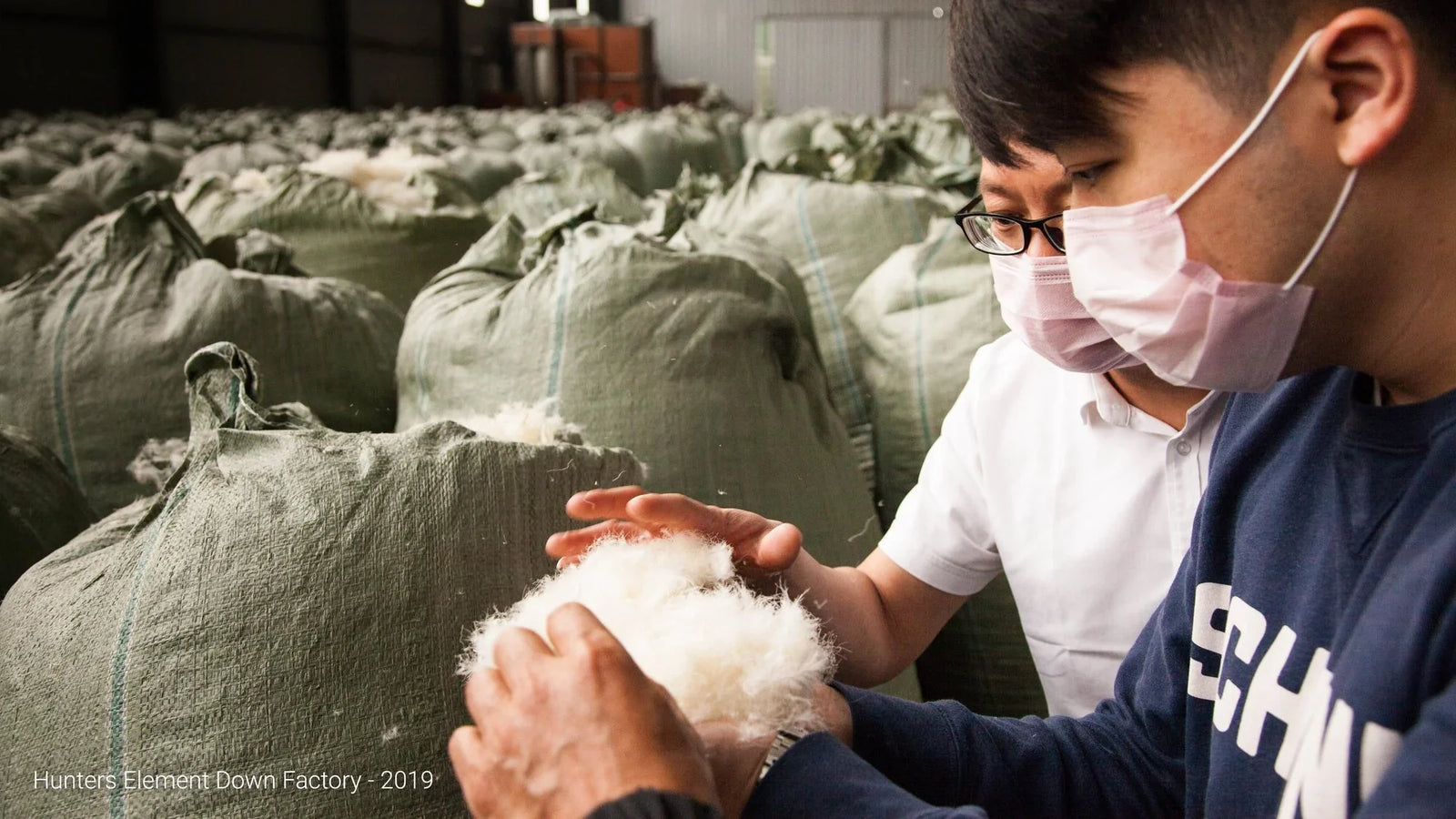Great looking cap. Super fit. Super comfortable. Quality right up there.
From purchase to delivery process was stream line.
Great quality T shirt my dad’s going to love it. The colour looks cream in pic but it’s more of a light beige which I like!
Super fast post it can over night!
Top quality and very usable. Will last a lifetime. Will be passing this on to my children.

